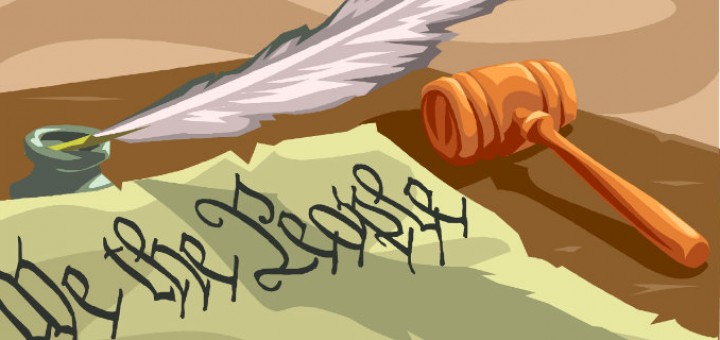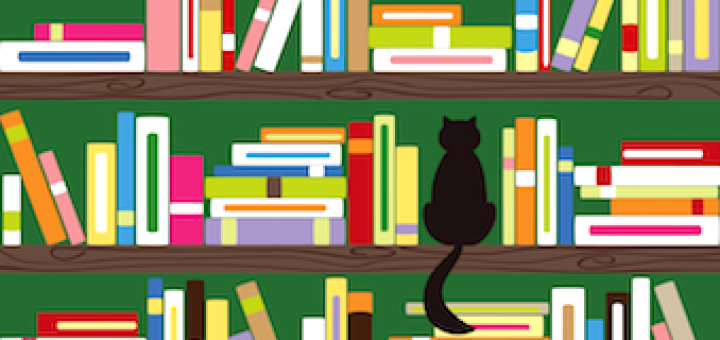Teaching and learning in grades 4-8
In principal Matt Renwick’s school, digital portfolios are comprehensive collections of student work that teachers and their students curate and reflect upon on a regular basis. Here, Renwick offers a close-up look at the portfolio process.
Homework can be one of the most renewing and exciting aspects of teaching middle school, says teaching expert Rick Wormeli, but we have to be smart about its structure, assignment, and assessment. Included: Ideas to make homework more engaging.
New teachers will find Teaching Students to Think Like Scientists full of ideas for modeling the scientific method and integrating literacy & science in grades K-6. But independent school educator Tracey Muise felt the Common Core focus was overdone.
Advertising: it’s everywhere. As media literacy educators work to engage students in conversations about commercial marketing, we have to consider the close reading of print and video ads. Frank Baker provides starting points and resources for teachers.
Reviewer Tyler McBride says the authors of Uncommon Core draw on research and their classroom experience to help teachers and administrators avoid some “absurd” teaching practices implied in the Common Core standards and get CCSS implementation right.
In Making History Mine, Sarah Cooper shows how teachers can help students answer the age-old question: Why should I care about all this stuff? Cooper’s pedagogical approach “leads us down a path that helps our students make these stories come alive.”
While we want students to fall in love with reading through text choices that excite them, says literacy consultant Sarah Tantillo, teachers must also address challenging skills and content and make sure students grow their background knowledge base. Tantillo shares ideas about finding the balance.
Students benefit from reading independently if specific conditions are in place. In No More Independent Reading Without Support Debbie Miller and Barbara Moss share research-based strategies to enhance classroom practice and student learning.
As arts education budgets shrink, K-8 educators will appreciate The Arts Go to School, says reviewer Jennifer Jankowski. Authors David Booth and Masayuki Hachiya offer creative ideas for incorporating arts into the daily curriculum across many subjects.
This is a very short, very concise, highly referenced book on the incredibly important topic of adolescent development and the role of poverty. Reviewer Laura Von Staden suggests more on specific interventions would have strengthened the book.








































